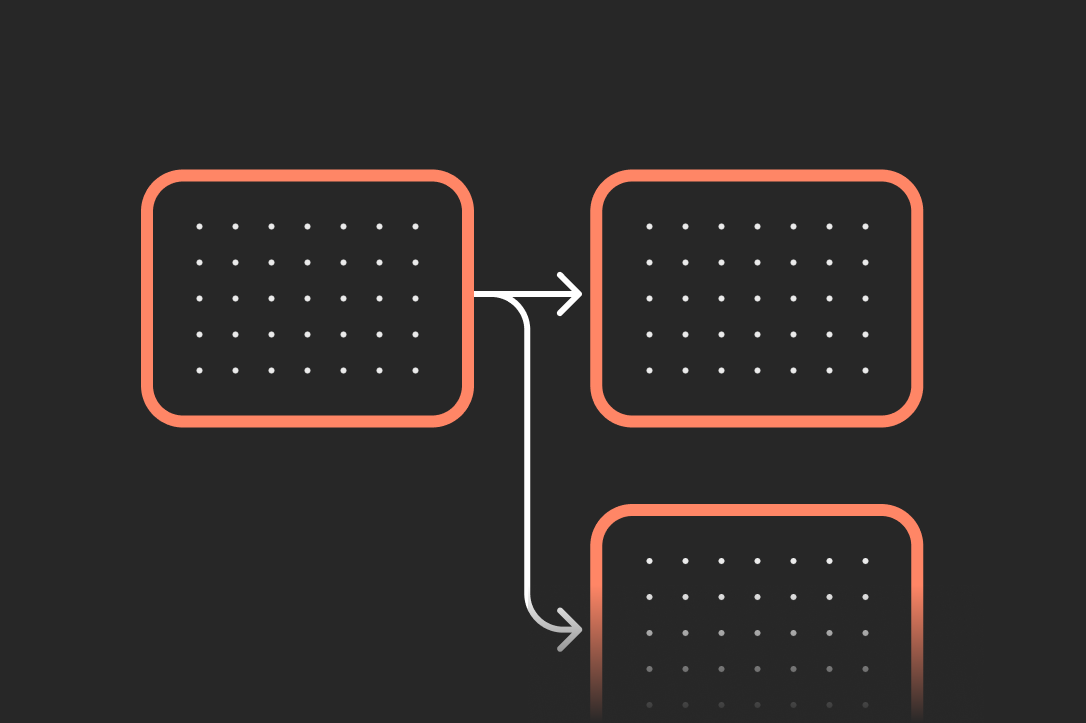About Impact. Presenting the Change You've Made Through Your Decisions as a Designer
#55: What to do when you can't directly connect your impact with ROI.
Welcome to Fundament, a weekly product design newsletter where we share actionable tips and insightful stories with the worldwide design community.
About Impact. Presenting the Change You've Made Through Your Decisions as a Designer
Solving difficult problems.
Finding and unlocking new opportunities.
Growing business.
On top of being the voice of the user…
Keep reading with a 7-day free trial
Subscribe to Fundament – Product Design Newsletter to keep reading this post and get 7 days of free access to the full post archives.


